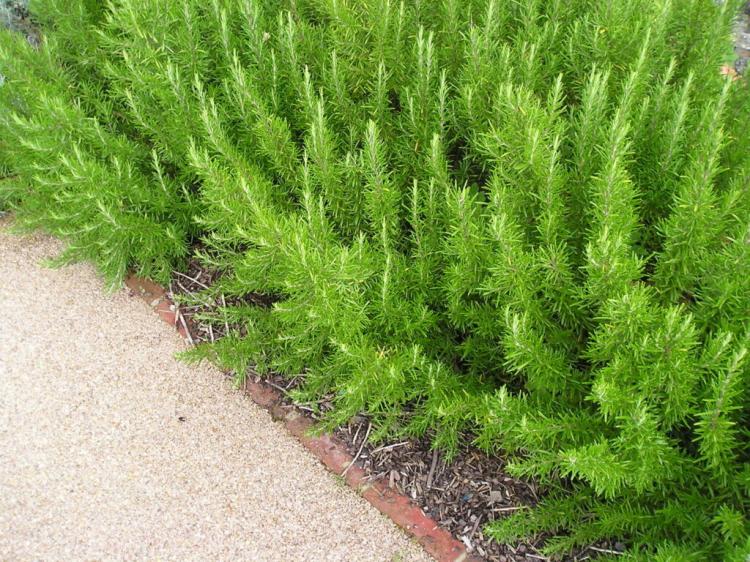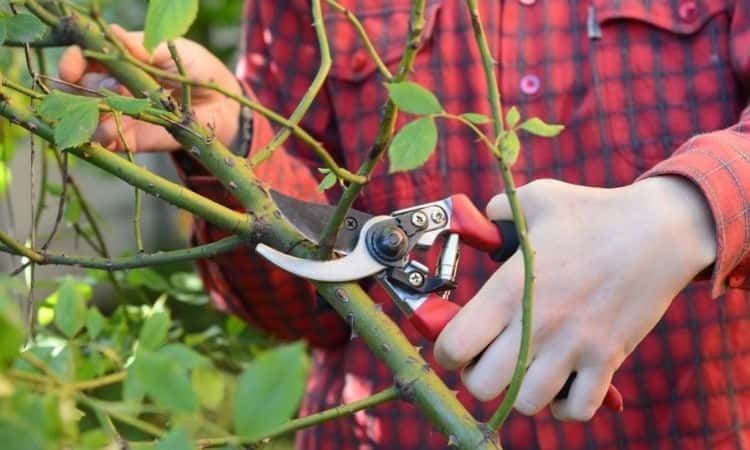Growing Rosemary: The Mediterranean Herb In Your Garden
Whether with potatoes or meat – rosemary impresses with its intense aroma. We show what to consider when growing the Mediterranean culinary herb.
Rosemary ( Rosmarinus officinalis ) belongs to the mint family (L amiaceae) and thus joins other famous herbs such as sage ( Salvia officinalis ) or thyme ( Thymus vilgaris ). The intense scent that rosemary owes to its essential oils was already widespread and very popular in ancient times. We will show you what you need to consider to properly grow, care for, and naturally harvest the aromatic culinary herbs from the Mediterranean region in your own garden.
Growing rosemary – step by step
- Location: When choosing a location for rosemary, you don’t necessarily have to rely only on the bed, because the Mediterranean subshrub also thrives in pots on the balcony or terrace. A sunny place should, however, be made possible for the sun child in any case. Rosemary prefers a loamy-stony soil that is not too humus-rich. But it is much more important to make sure that the soil is well-drained of water. So there is no risk of waterlogging, which would end in mostly fatal root rot.
- Propagation: Propagation via seeds is possible, but it is not advisable. It simply takes too long for the seed to develop into a handsome herb that can be harvested from. Propagation via cuttings is more promising and does not take as long as seed propagation. To do this, young, herbaceous shoots 5 to 10 cm in length are cut off with a sharp knife in the spring. The cut shoots should be put in a special substrate for cuttings like our Gardender organic herb and seed soil. If no mother plant is available yet, every well-stocked nursery offers rosemary plants in pots. These can either be further cultivated in pots or planted in a bed.

Only cut off young shoots that are not yet lignified
- Watering and fertilizing: Even if the rosemary does not like waterlogging, it has no objection to balanced watering. If the drought is too long, the subshrub even quickly loses its aromatic needles. In the spring, fertilization should be carried out to support the exhausting budding. A primarily organic long-term fertilizer such as our Gardender organic universal fertilizer is ideally suited for this. After that, further fertilization, especially if the rosemary is in the bed, is not necessary. In any case, the mint should not be supplied with additional nutrients after August.
You May Also Like Rosemary Fertilizer
- Overwintering: If the rosemary is cultivated in pots, it should, if possible, be taken to a cool room in the house or, even better, to the bright winter garden for the winter. However, if the spicy subshrub is planted in the bed, the Mediterranean warmth lover should definitely be covered with rice or protective fleece. This also helps if the herb is in a place that the rays of the low winter sun can also reach. Because with permanently frozen ground and at the same time high solar radiation, water will still evaporate, whereby the roots cannot draw water from the frozen ground. Dry damage could therefore threaten.

If it is very cold you should cover it with fleece
- Pruning: Rosemary grows quite strongly and threatens to lignify quickly without regular pruning measures. To keep the plant in shape and ensure good branching, strict pruning should be carried out in the spring. However, you should wait until the beginning of May to protect the young new shoots from dangerous night frosts after a cut. Unlike thyme ( Thymus vulgaris ), rosemary should not be cut back into the woody part of the plant. If the shoots are too woody, it would be too difficult for the herb to shoot and the new shoots and the desired branching would not take place at all. But the harvest cuts also ensure that the rosemary is kept in shape. However, this cannot entirely replace the spring-shaped cut.
- Plant protection: In the open air, rosemary usually does not have any serious problems with pests. On the windowsill, the plant can be infested with animal pests such as aphids or spider mites. As a rule, repeated treatment with soapy water is sufficient to drive the pests away from the spicy subshrub. Chemical pesticides should only be used in extreme emergencies. If these are in use, possible waiting times must also be taken into account until the rosemary is suitable for consumption again after the treatment.
- Harvest: Rosemary can be harvested all year round. A clear advantage of rosemary: You can harvest aromatic shoots from it even in winter. However, the harvest should only be carried out as required to always enjoy the full aroma.
- Storage: Like many other Mediterranean herbs, rosemary can of course be preserved for a longer period of time by drying. However, it is not advisable to speed up the process in the oven or to hang it up to air-dry in a bright place, as too much aroma is lost in this way. A better result is obtained by soaking in olive oil. The rosemary needles, stripped from the branches and finely chopped, are put into a bottle with the help of a funnel and then topped up with good olive oil.
You might so like:






